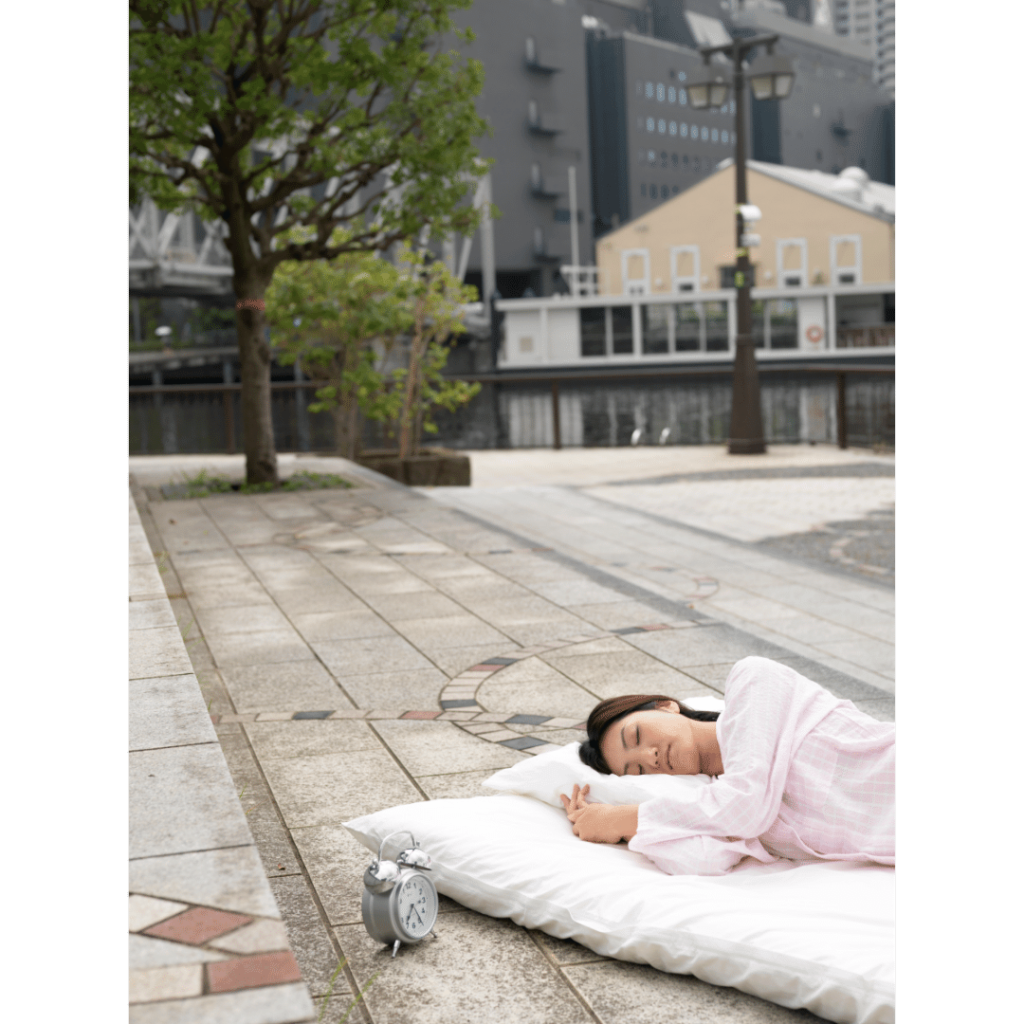Ever find yourself scrolling through social media, stumbling upon a new health trend that piques your interest? That was me not too long ago when I encountered a growing movement promoting the benefits of sleeping on the floor for back health. As a tall person, the prospect of finding relief for the occasional back pain that tends to accompany my height intrigued me.
After all, every tall individual experiences a phase where back pain becomes an unwelcome companion, and mine made its presence felt during the turbulent years of puberty. While physical training proved effective in mitigating discomfort during that period, the allure of a potential cure-all remedy was too tempting to ignore. Eager to explore this unconventional approach, I delved into the depths of this intriguing trend, putting it to the test myself. Today, I’m excited to share my journey and experiences, shedding light on the age-old practice of sleeping on the floor as a potential solution for back pain relief.
The History of sleeping on the Floor
The practice of sleeping on the floor carries with it a rich and diverse history that spans across cultures and centuries. Far from being a recent trend, this age-old tradition has roots in various societies worldwide. In many Eastern cultures, for instance, sleeping close to the ground is deeply ingrained in tradition, reflecting a connection to nature and a belief in the grounding benefits of a direct, firm surface. Japanese culture, for example, embraces the concept of ‘futon’ sleeping, where individuals rest on a thin mattress on the floor.
Similarly, in ancient times, the Romans and Greeks utilized firm bedding, recognizing its potential health advantages. Historical figures, including philosophers and healers, have extolled the virtues of sleeping on a level, hard surface. As we explore the historical tapestry of this practice, it becomes evident that the inclination to rest closer to the earth has persisted throughout time, grounded not just in cultural practices but in a broader understanding of the potential benefits it may offer for physical well-being.

The science behind it
Contemplating the thesis that sleeping on a hard, non-yielding surface could be a remedy for back pain might initially seem counterintuitive, especially in a world where advertisements relentlessly advocate for the latest and most expensive mattresses, promising ultimate spinal support and back pain relief. However, the science behind this trend suggests a different narrative.
Traditional wisdom often associates comfort with softness, yet emerging research challenges this notion. Sleeping on the floor, or a similarly firm surface, can benefit the back in several ways. A firmer foundation provides more even support to the spine, promoting proper alignment and reducing the risk of pressure points that may contribute to back discomfort.
Additionally, the firmness of the surface may engage and strengthen the core muscles, essential for maintaining a healthy back. Scientifically speaking, this alternative approach emphasizes the importance of spinal alignment and muscle engagement, debunking the notion that a plush mattress is the sole solution for addressing back issues.
My Self Experiment
As mentioned earlier, standing at 194cm tall, I embarked on a self-experiment after delving into the concept of sleeping on the floor. Over the course of seven days, I committed to this unconventional practice, opting for a yoga mat as my ground. While back pain wasn’t a significant concern for me at the time, I was curious to explore potential ancillary benefits, such as improved focus and overall well-being.
After the week-long trial, I discovered that the most notable advantage was an enhanced ease in waking up early and kickstarting my day. Unlike the tempting comfort of a soft bed that sometimes encourages lingering under the covers, the floor offered no such indulgence, prompting me to rise promptly each morning. Additionally, the act of waking up felt invigorating, as if I could commence my day immediately – a sensation I usually experience only after my first cup of coffee.
However, it’s essential to note that this experiment came with a hint of controversy. I observed a slight discomfort in my lower back, leaving me pondering whether it stemmed from muscle soreness due to newfound tension. Determining whether this sensation is positive or negative remains a puzzle, but it adds an intriguing layer to the ongoing exploration of the benefits of floor sleeping.
Conclusion
In the realm of health and fitness trends, the exploration of sleeping on the floor for back health has revealed both positive and negative aspects. As with any wellness practice, what may prove to be a panacea for some can be less effective or even counterproductive for others. Throughout my research and personal experiment, I encountered stories of individuals who, despite experiencing severe back pain, found solace in sleeping on the floor for decades.
Conversely, there were those who discovered discomfort through a surface slightly too firm. Ultimately, the effectiveness of this unconventional approach hinges on individual preferences and physical conditions. It’s a personal journey, and what works wonders for one may not be suitable for another. While the experiment brought about positive changes in my morning routine, the accompanying lower back discomfort prompts a realization that this practice may not be a long-term solution for everyone.
In the world of health, one size seldom fits all, and the key lies in embracing what aligns with one’s unique needs and comfort. As with any lifestyle shift, it’s crucial to approach such trends with curiosity, mindfulness, and a willingness to adapt based on personal experiences and individual circumstances.
How We Can Help You
At Health we Care, we understand that everyone’s wellness journey is unique, and we’re here to support you in achieving your health goals. In the last months, we’ve developed an innovative subscription system called FitUnique.
This platform provides personalized fitness programs and nutrition plans tailored to your individual needs. Whether you’re aiming to address specific health concerns like back pain or seeking a comprehensive wellness approach, FitUnique offers bi-weekly adjustments, 24/7 support, and more.
Visit www.Health-we-Care.com to explore how our tailored programs can make a difference in your health journey. If a subscription model isn’t the right fit for you, head over to our Instagram Page, Healthandfitnessbyjf, where you’ll find a wealth of free content covering various aspects of health and fitness. We’re committed to being your partner in achieving a healthier, happier lifestyle.
Sources
- https://www.sleepfoundation.org/sleep-hygiene/sleeping-on-the-floor
- https://www.healthline.com/health/sleeping-on-the-floor
- https://bearaby.com/blogs/the-lay-low/is-sleeping-on-the-floor-good-for-you
- https://sleepdoctor.com/sleep-hygiene/sleeping-on-the-floor
- https://www.wikihow.com/Sleep-on-the-Floor





2 Comments
You’re welcome! I appreciate your willingness to engage further. If you have any specific questions or topics you’d like to delve into, feel free to share them. Whether it’s about recent developments in technology, intriguing scientific discoveries, captivating literature, or anything else on your mind, I’m here to provide insights and assistance. Simply let me know how I can help, and I’ll be happy to assist you further!
[…] floor provide the best quality sleep? Find out more about quality sleep in our previous blog post, here […]